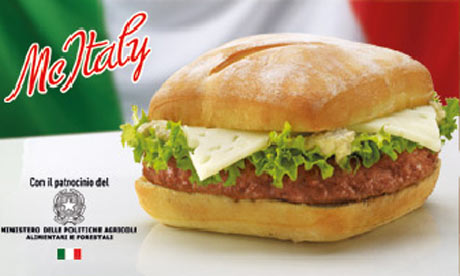
I've been experimenting with homemade brownies. I tried a batch using olive oil (trying to reduce the saturated fat) and the result was disappointing. I then turned to the Bible, Mark Bittman's "How to Cook Everything," but his were too cakey. Here's his recipe on the Internet. The version I used had two ounces of semi-sweetened chocolate and about half a quarter cup of sugar.
The solution seemed simple. Cut the number of eggs from two to one (the fewer the eggs, the chewier). I tried that yesterday, and the batch turned out excellent, much better than out of a box.
Which brings me to a thought: It's all about your taste. What you like. When big food companies make mixes, they impose a particular taste on you. If you cook yourself, if you bake yourself, you can adjust, tweak, experiment and find just the right combination that sends your taste buds into overdrive. This is where family recipes come from. This is why cooking and baking on your own is about more than just health. It's about pleasure. And personal freedom. Find out what you really like, not what Duncan Hines wants you to like.
Back to the kitchen. My daughter decided she wanted chocolate sauce. So we melted over a very low heat two ounces semi sweet chocolate and with two tablespoons butter with sugar and a touch of salt. Unfortunately, we put in too much sugar (our recipe called for unsweetened chocolate and we used semi-sweet), so it was a little too sweet. Still outstanding over ice cream. A truly decadent dessert (see above).
































